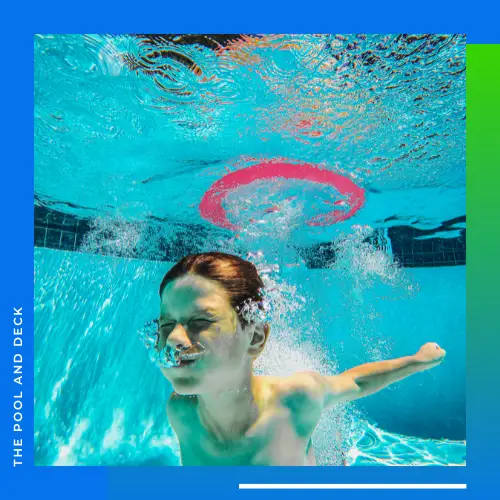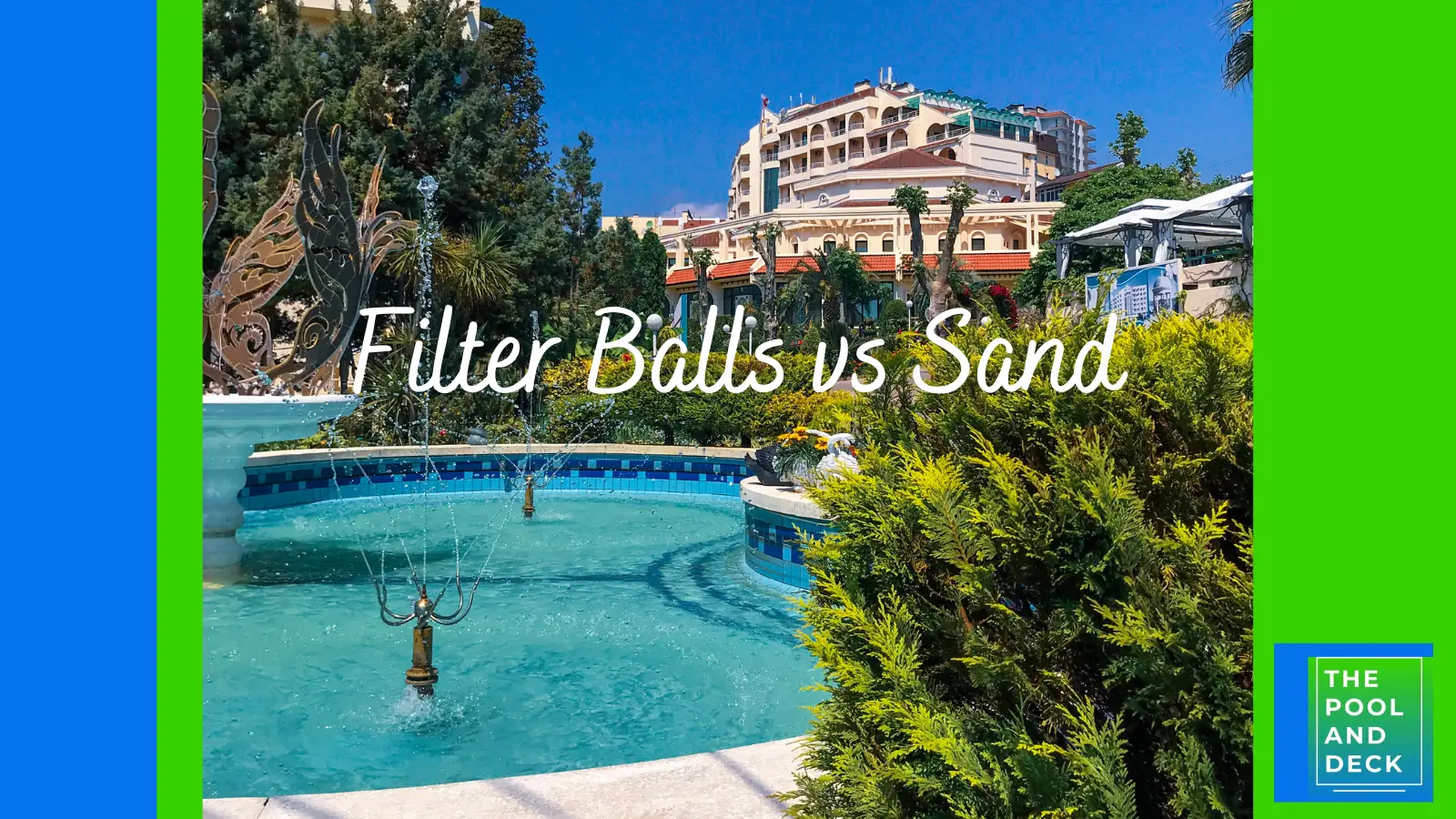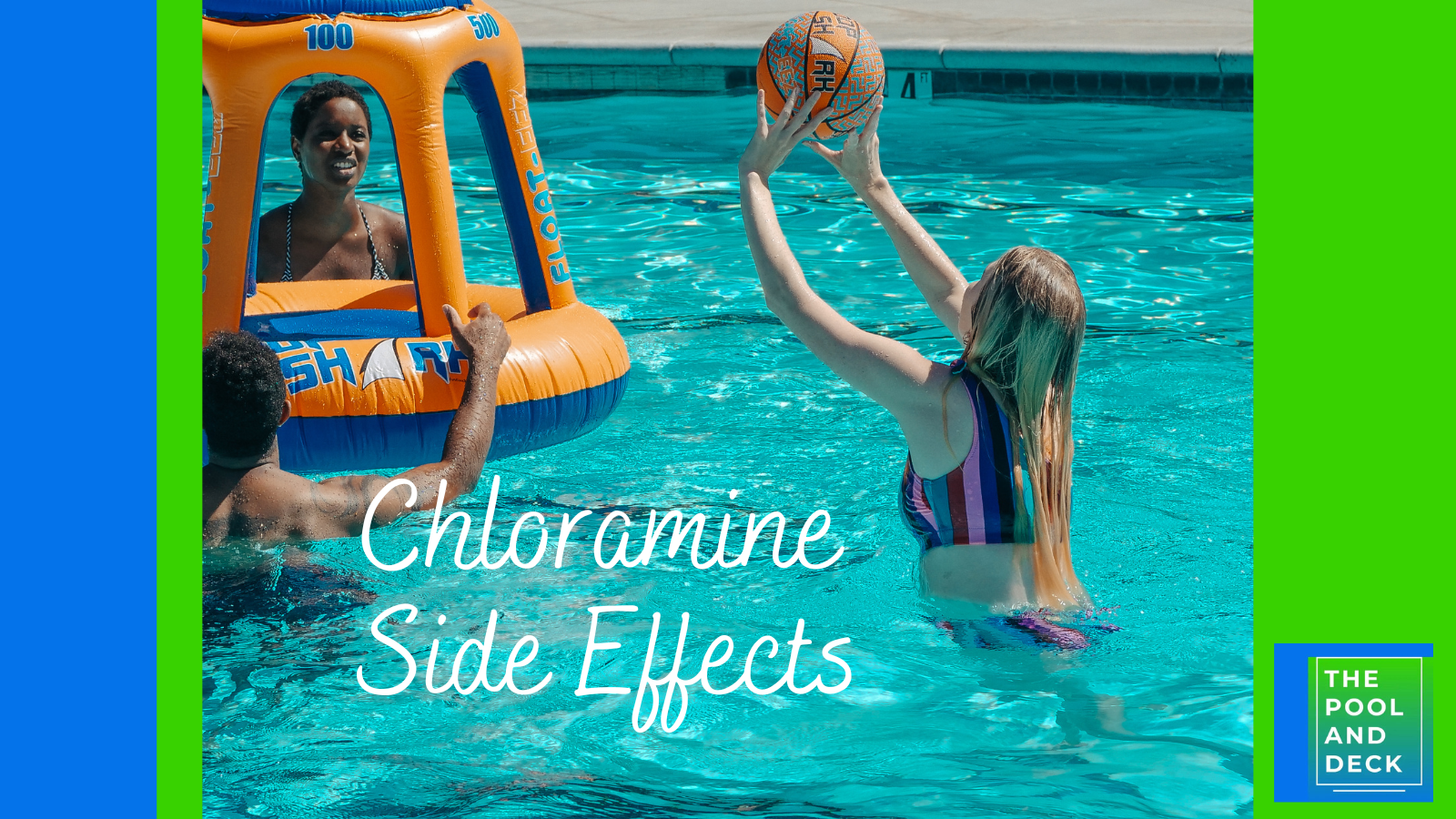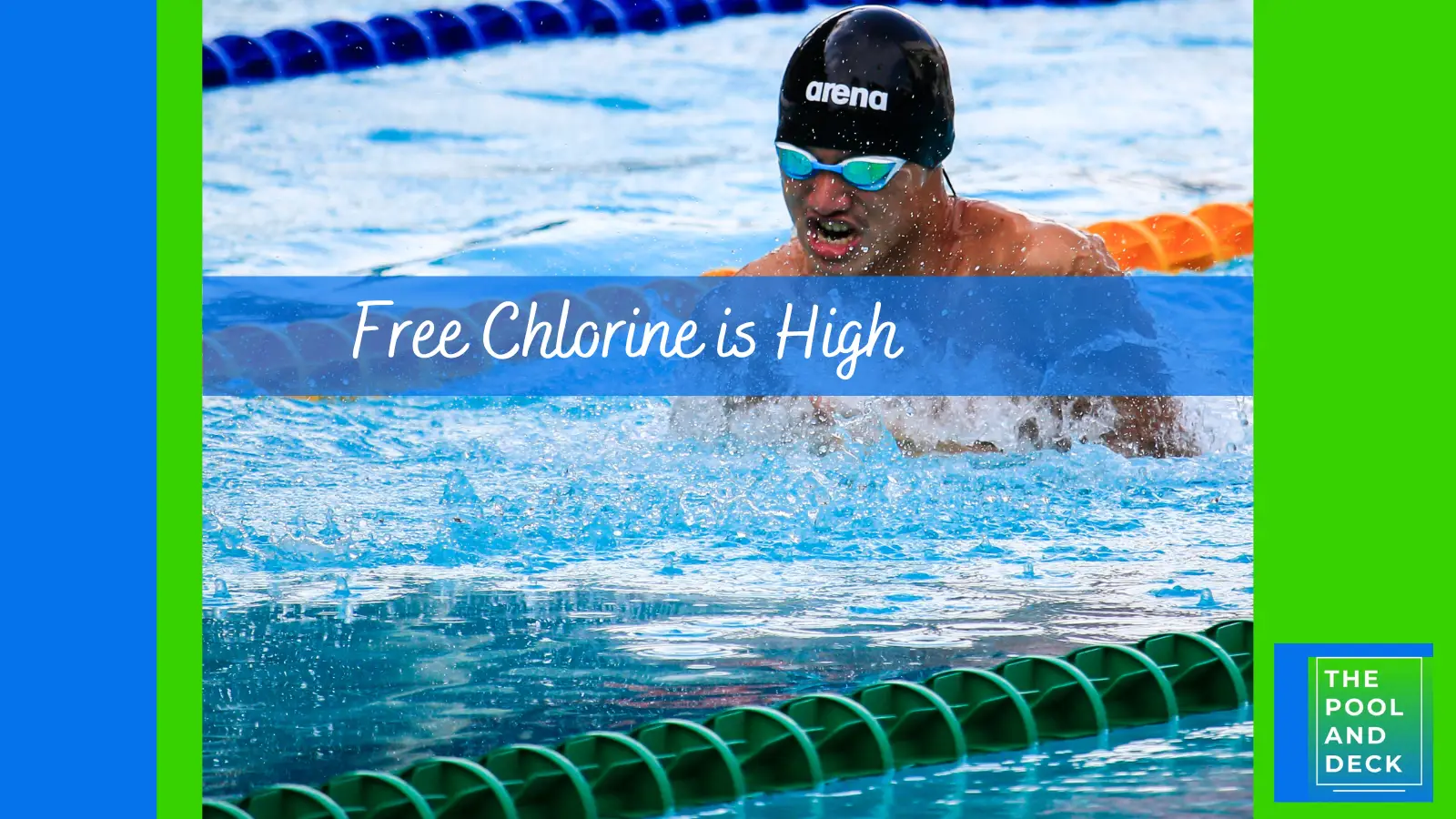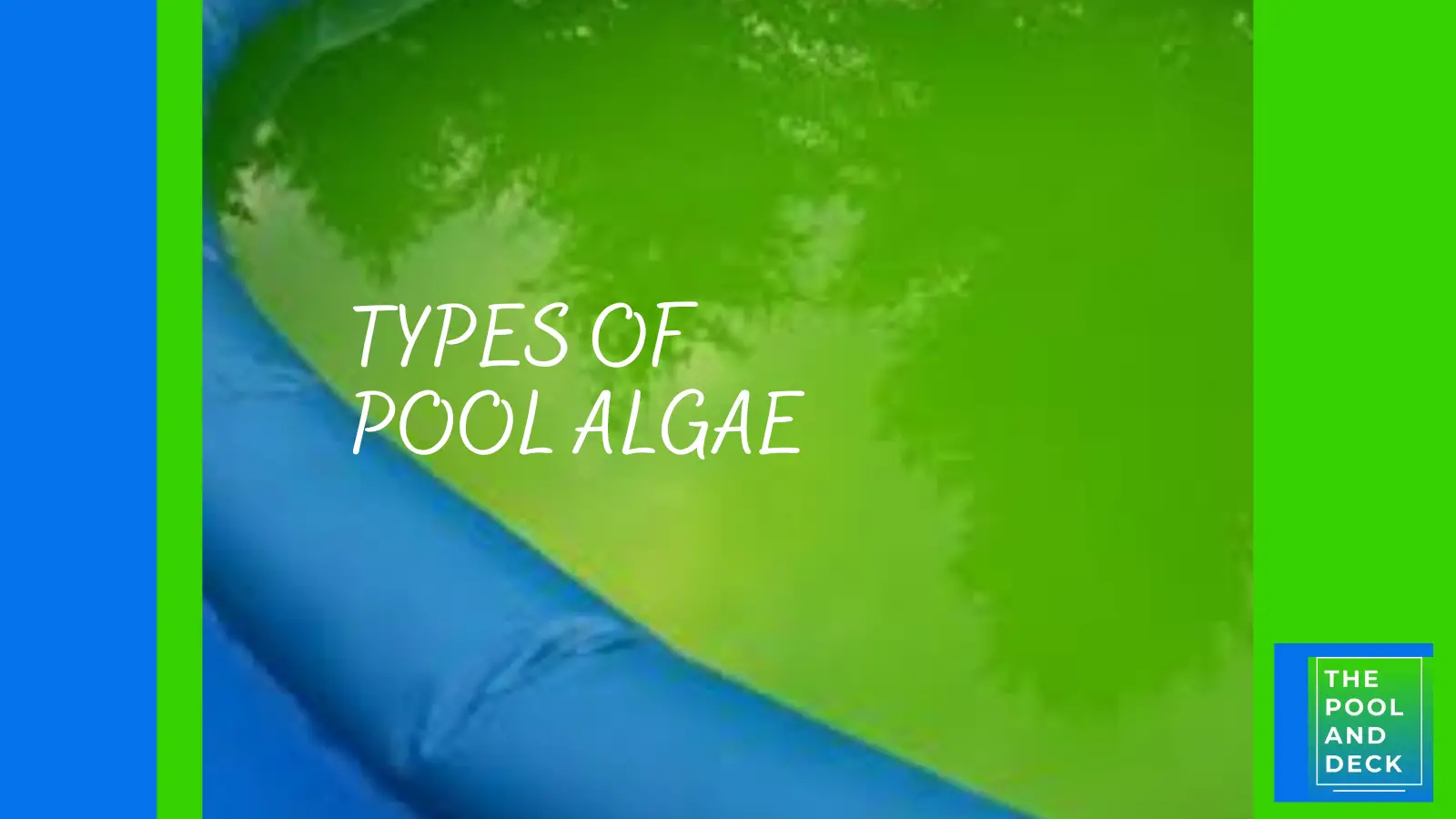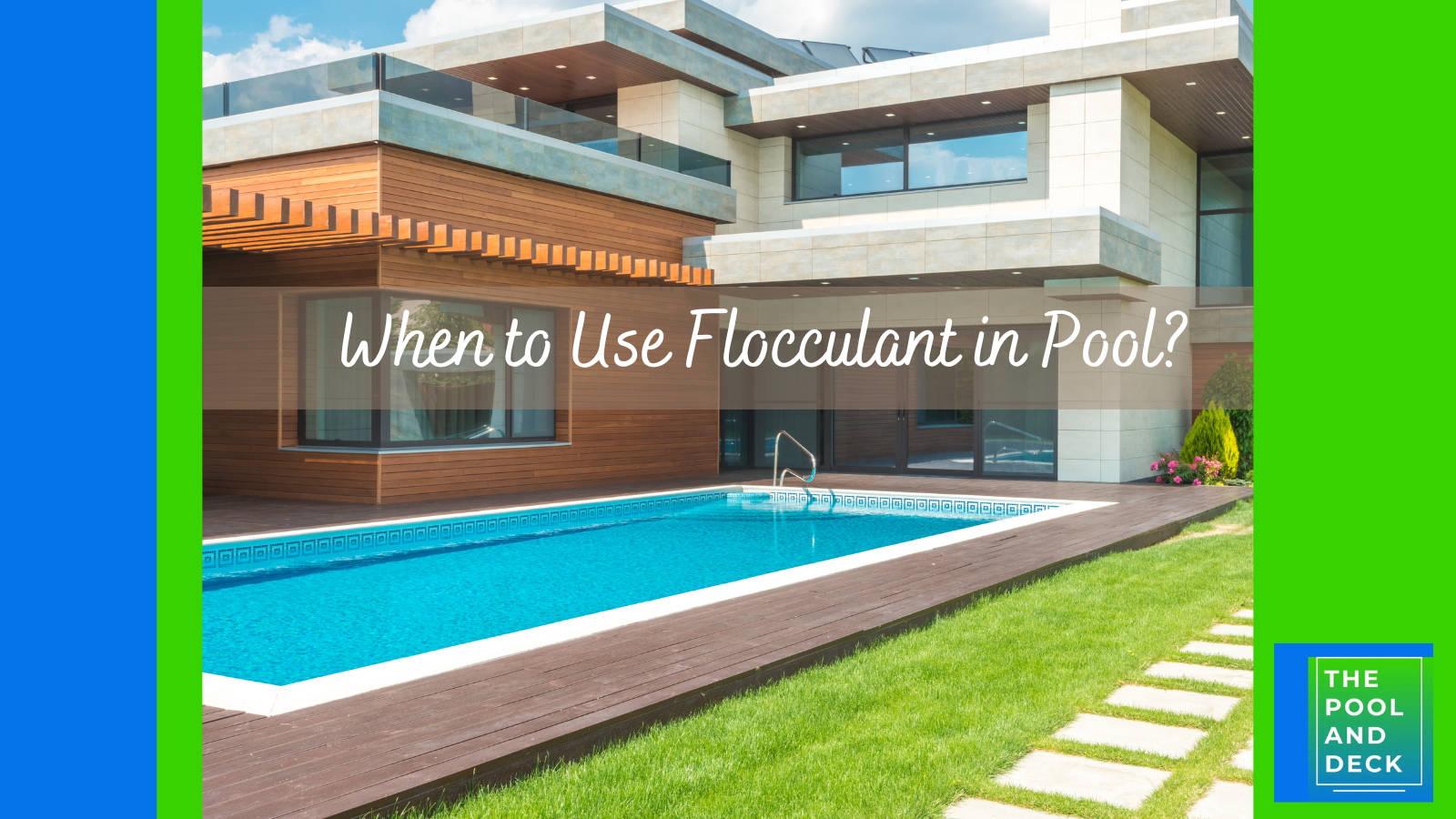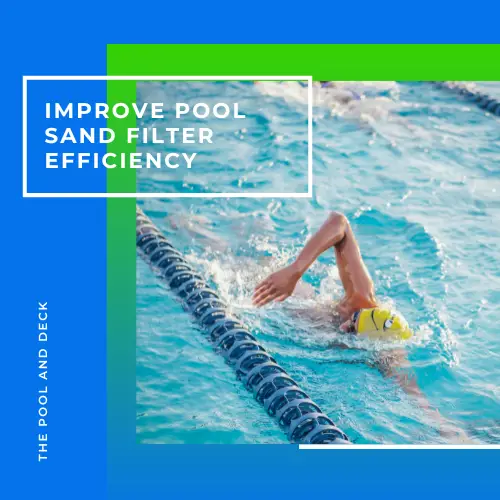Free Chlorine vs Combined Chlorine Guide
As an Amazon Associate, I earn from qualifying purchases.
If there is one pool chemical that you can not run short of, then it is surely chlorine.
But, if you are new to pool chemicals you may wonder when your more knowledgeable friends start talking about Free Chlorine vs Combined Chlorine and their effects on pool water chemistry and quality.
In fact, Total Chlorine is the sum total of Free Chlorine and Combined Chlorine.
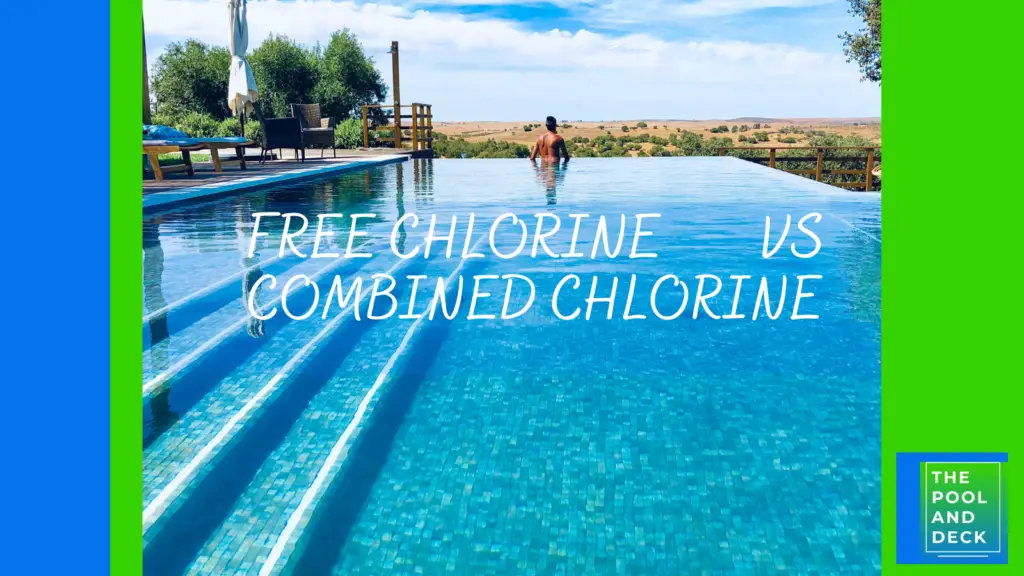
Table of Contents
Key Takeaways
| Feature | Free Chlorine | Combined Chlorine |
|---|---|---|
| Definition | Active disinfectant part of Total Chlorine. Primary disinfectant. | Byproduct of chlorine and contaminants. Reduced sanitization power. |
| Formation | Result of Chlorine & Water reaction to form hypochlorous acid (HOCl). | Result of Hypochlorous acid (HOCl) and contaminant reaction to form Chloramines. |
| Disinfection Capacity | Highly effective. | Less effective. |
| Impact on Water Quality | Maintains safe and hygienic water quality. | Results in unsafe water, unpleasant chlorine odors, and potential algae growth. |
| Optimal Level | 1-4 ppm (ideally 2-3 ppm) | Should not exceed 1 ppm (ideally <0.5 ppm). |
| Control | Regular chlorination with Trichlor tablets. | Shock chlorination or non-chlorine shock. |
Free Chlorine vs Combined Chlorine
So, there is no Free Chlorine vs Combined Chlorine in your pool in the sense that you really do not have a choice of having just one or the other.
In reality, your goal is to maintain Total Chlorine (TC) within the recommended level and within this Free Chlorine (FC) should be maximized while Combined Chlorine should be minimized.
Chlorine is an essential component of pool water sanitation, ensuring a safe and hygienic environment for swimmers. It is a powerful disinfectant and is very effective in eliminating harmful bacteria, viruses, and other contaminants.
The Role of Chlorine in Pool Sanitation
At any given time, chlorine exists in two primary forms in pool water: free chlorine and combined chlorine. Free chlorine is the active disinfectant, readily available to neutralize contaminants.
When chlorine-based sanitizing products dissolve in water, they react with pool water to form hypochlorous acid (HOCl). This is the primary disinfectant and as such is known as Free Chlorine.
In other words, hypochlorous acid, which exists as H+ and OCl- ions are “free” to attack and decimate any bacteria, virus or other organic contaminants.
Combined chlorine (also known as chloramines) forms when chlorine bonds to contaminants during the disinfection process. Combined Chlorine (CC) loses most of its ability to disinfect.
Monitoring both free chlorine and combined chlorine levels is essential for ensuring effective sanitation.
What is the Optimal Free Chlorine Level?
Maintaining the optimal Free Chlorine Level is critical for pool water sanitation as only free chlorine can effectively disinfect and keep the pool water safe for swimmers.
The optimal range for Free Chlorine is 1 – 4 ppm. It is great if you can keep it in the 2 – 3 ppm range.
Higher than 5 ppm will make your pool water acidic and cause skin & eye irritation and corrosion. Lower than 1 ppm will result in a poorly sanitized pool that can result in waterborne diseases and “algae blooms”.
Pool Chemistry for Beginners: With 5 Super Helpful Cheat Sheets! is a good resource and worth checking out.
Factors such as sunlight, temperature, and bather load can affect free chlorine levels in your pool.
Regular testing and adjustment of chlorine level is necessary to ensure that the pool water remains sanitized and hygienic for swimmers.
Testing and Monitoring Free Chlorine Levels
Maintaining proper chlorine levels is crucial for keeping your pool clean, sanitized, and safe for swimming. To do t5hat you must check the chlorine level regularly and add chlorine and other pool chemicals as required.
There are three main methods for testing chlorine levels:
- Chlorine Test Strips: These are the easiest and most affordable option, but they are not as accurate as other methods.
- Chlorine Test Kits: These are more accurate than test strips, but they are also more expensive and time-consuming to use.
- Electronic Chlorine Testers: These are the most accurate option, but they are also the most expensive.
If you are looking for a quick and easy way to test your pool’s chlorine levels, then test strips are a good option. However, if you need more accurate readings, then you should consider using a test kit or an electronic tester.
Regardless of which method you choose, it is important to test your pool’s chlorine level regularly and take corrective steps to ensure that it is within the safe range.
Managing Combined Chlorine in Pool Water
Combined chlorine, also known as chloramines, is a byproduct of chlorine disinfection in pool water. It forms when free chlorine reacts with nitrogen and ammonia compounds present in the water.
Get to know more through my earlier post Chloramines in Pool: How Best to Deal with Them and Stay Safe?
While free chlorine is the primary disinfectant, combined chlorine is less effective at sanitizing and can contribute to unpleasant odors and skin irritation.
Monitoring and managing combined chlorine levels is crucial for maintaining optimal water quality and ensuring a safe and enjoyable swimming experience.
Formation and Impact of Combined Chlorine
Combined chlorine is formed when free chlorine combines with ammonia based contaminants, such as sweat, urine, and body lotions, introduced by swimmers.
The presence of combined chlorine, characterized by the “chlorine” smell, indicates the presence of impurities in the pool water and suggests that free chlorine is being consumed to disinfect the water.
High levels of combined chlorine can lead to reduced disinfection capacity, unpleasant chlorine odors, and potential health risks for swimmers, such as eye and skin irritation.
Recommended Levels and Management Strategies
It is recommended that the level of combined chlorine in pool water should not exceed 1 ppm. Ideally it should be “zero”; but this is not practical. Combined chlorine level of 0.5 ppm is considered as good and safe.
Exceeding this threshold can significantly impact water quality and pose potential health risks. Whenever, combined chlorine level is too high, you need to lower it using one of the two primary methods:
Shock Chlorination
Shocking the pool involves “super chlorination” whereby the free chlorine level in the pool is raised by 10-20 times the level of combined chlorine and maintaining it at that level for approximately 4 hours.
This process, known as “breakpoint chlorination,” allows for the total oxidation of chloramines, effectively eliminating combined chlorine from the pool water.
Cyanuric Acid Free Shock (Cal Hypo)
HTH 52037 Pool Care Shock Advanced
A fast-dissolving, convenient 4-in-1 Cal Hypo formula that kills bacteria & algae, reduces chlorine odor & irritation, and quickly restores crystal clarity.
Non-Chlorine Shock
This method involves using non-chlorine shock, also known as MPS (monopersulfate). Adding one pound of non-chlorine shock for every 10,000 gallons of pool water can help break apart the chloramine bond and remove other contaminants from the pool.
It is essential to ensure that the threshold of breakpoint oxidation is reached to effectively address excess chloramines.
For a more detailed understanding you may want to read my earlier post How To Lower Combined Chlorine Levels? (The Best Fix!)
Thank you very much for reading the post. I do hope you found it informative and helpful.

